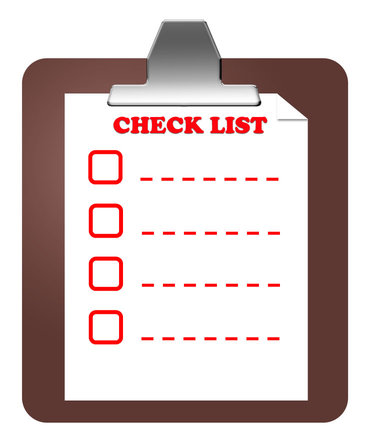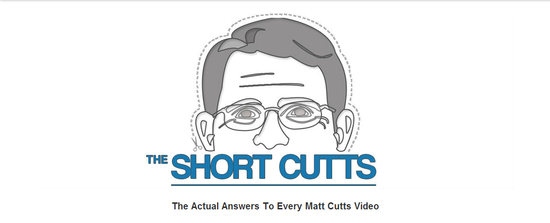Blogs are an important part of marketing and SEO. Publishing content on a regular basis allows you to connect with your audience in more direct ways while also helping establish your brand and it’s value. You can generate leads through your community and demonstrate your own expertise while your at it, which makes it a great multi-faceted positive marketing technique.
While it is great as a general marketing method, blogging also helps your SEO by making search engines value your site more. The more content you are putting out, the more crawling the search engines will do of your site, while Google and Bing also recognize your perceived value within your field from your community. Blogs also allow you to do natural link building without getting into questionable connections to other sites, and you’ll have content that can be easily shared through social media.
Just because blogging is inherently good for SEO, it doesn’t mean your blog is as optimized as it could be. Many companies have blogs that are hardly optimized for search, and because of this they aren’t getting the rewards out of it that they could be.
Optimizing your blog isn’t all that hard, especially if you’re using a popular CMS or publishing platform like WordPress, but you have to be willing to take the time to correct the missteps. Ken Lyons pointed out six common ways that blogs fail to optimize. If you just follow through on his suggestions, you’ll find your blog will start performing beyond your wildest dreams.
Many of the suggestions can be done through simply making some changes to your CMS like adding plugins that establish related posts. Making your content easy to find is crucial to search engines, because they crawl pages by simply following links and mapping out the page. If it takes a dozen clicks to find something, there is less chance the crawlers will ever see it. Adding related posts to the end of blog posts allows readers to more easily find content on the topic they are learning about, without having to go back to the search engine, while also improving the navigation of your site and boosting your SEO value.
Similarly, adding previous or next post links at the end of posts on your blog improves the net style navigation you want on your site while also keeping viewers immersed in content. They don’t have to go back to the list of posts unless they want to, and there are even more ways to access individual posts than before. Rather than isolated points in your site map, your posts become part of a chain or a thread creating a larger net.
You can add some things to your site that don’t affect navigability, but will start bringing in many more eyes than before. Many companies are learning how much social media can help their brands, and there are still many ways for companies to capitalize on social media. The most common way this is done is by adding sharing buttons which allow readers to bring content they find important or interesting to the attention of their friends, family, and peers. If people are sharing your content, it is more easily found, even by search engines.
Lyons had three more ways you can juice up your blogging and get the views your content deserves, but there are many more ways you can make your blog more efficient in SEO terms. Navigation is key, but you also just want to make sure your site is as easy to use as possible and find ways to make people want to stay on the page.







